Motorsport on a $30 Budget
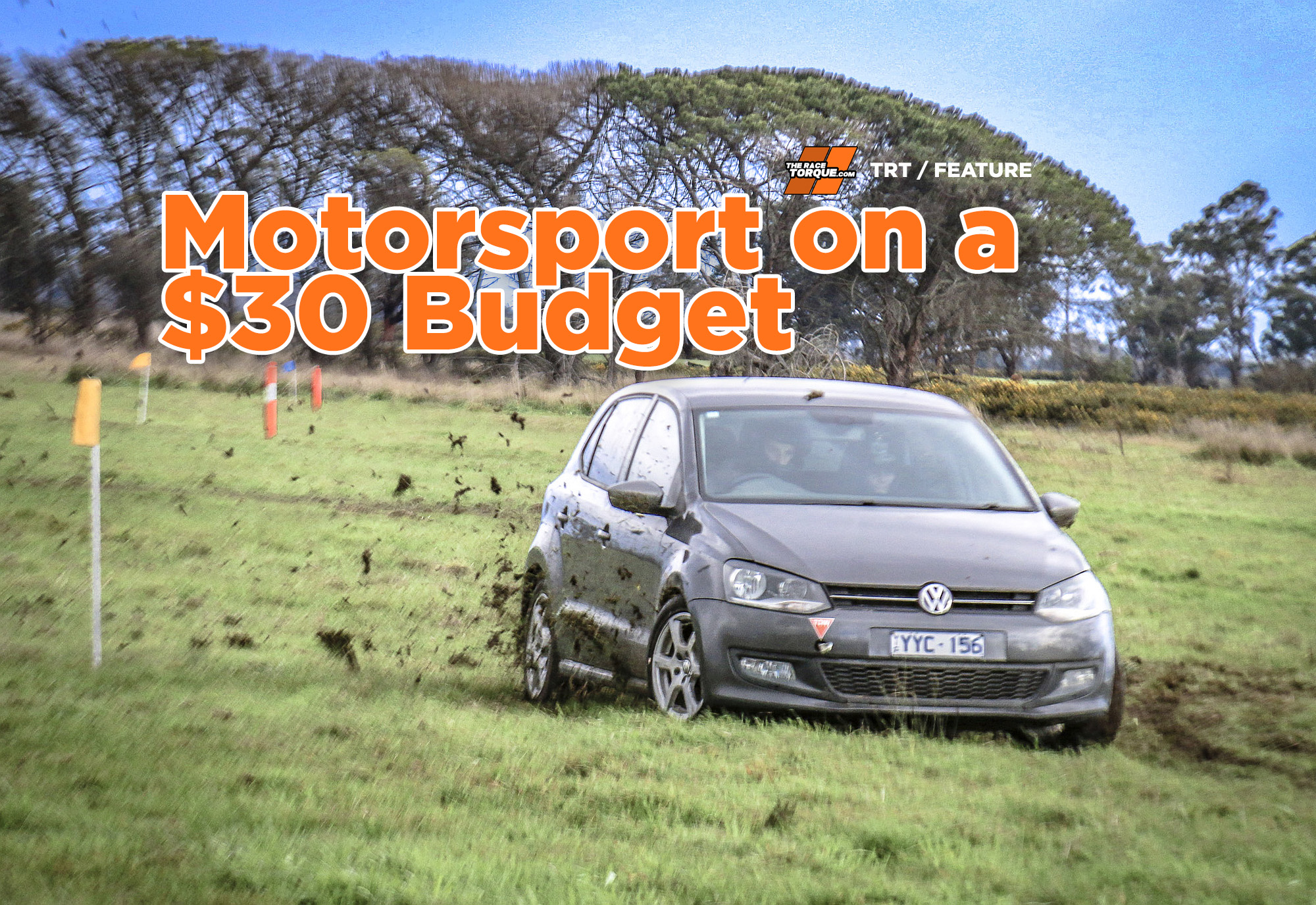
You know how bloody expensive motorsport is? Well, it doesn’t have to be.
Around Australia, there are multiple disciplines that are truly grassroots, providing plenty of thrills, all to the tiniest of budgets.
Take for instance khanacross, one example of a genre of single car events, with The Race Torque trekking along to a Pakenham Auto Club run event on the weekend – and we are all-in on the concept.
From well-formed dirt layouts to more bare-bones grass track affairs, the khanacross discipline is strictly against the clock, and the configurations are reasonably technical, with short straights meaning that maximum velocity (read: safety) is kept in check.
A normal event would see times tallied, with penalties applied for cut corners or flags knocked down, with inexperienced drivers capable of carrying a passenger shotgun, if allowed by the sup-regs.
Broadly speaking, a khanacross is like a bigger and faster version of a motorkhana.
Think of it as a short sharp rally stage, with cars commencing their run from a start garage, while they ultimately come to a complete stop in the finishing garage, with the runs electronically timed to ensure consistency.
Motorkhanas on the other hand are held on tighter, more technical layouts, with courses delineated with flags or witches hats, with most tests capable of being completed in first gear, on either paved or unsealed surfaces.

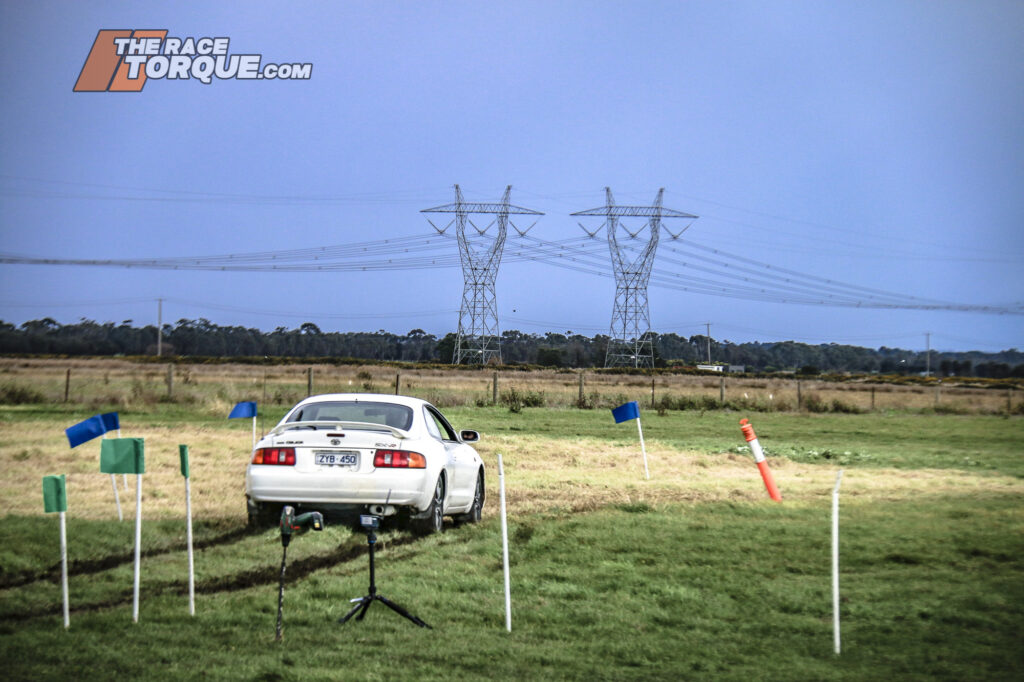
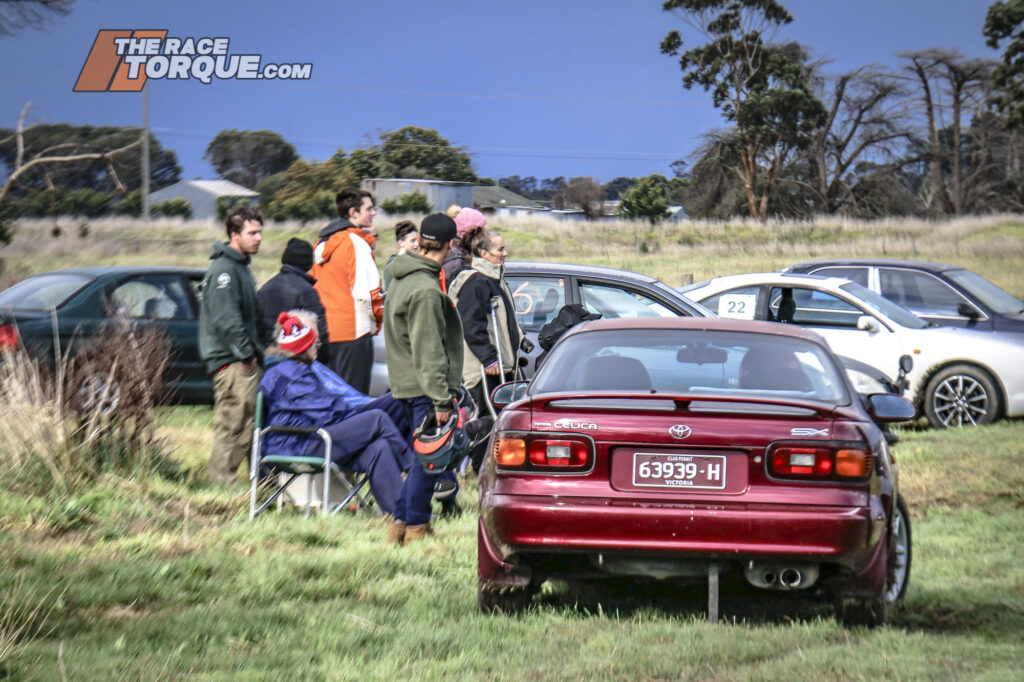


The dollars and cents
To participate in the event over the weekend you would have required a Motorsport Australia Speed License, which will set you back $130 per year.
This is your ticket to run in a wide variety of event types, such as khanacross, motorkhana, observed section trials, touring road events and assemblies, drifting, hillclimbs, sprints and super sprints, rally sprints and regularity trials, with organisers able to add other event types that broadly fit in this box.
For Juniors aged 12 to 17, the license fee is $35, with 12-year-olds able to participate in khanacross and motorkhanas, observed section trials, touring road events and assemblies, while those 14 and up are able to access the wider range of event types.
Other sanctioning bodies offer their own range of license products.
Take the AASA, which has a $35 single-day option, or a $99/$35 for a similar senior/junior annual offering to Motorsport Australia, while RACERS have single-day licenses priced at $30, with annual Clubman licenses priced at $75 each, with $20/$55 price points for juniors.
For Motorsport Australia events, you will need to be a member of an affiliated car club, which varies by club, but a reasonable price point should be around $50 a year, and less for juniors.
Obviously, event entry costs differ on a case-by-case basis, but for the Pakenham event on the weekend, the adult entry was set at $40 per driver.
Where did we get the headline $30 figure from?
Well, junior entry for the day was $20 per driver, with the Pakenham Auto Club a staunch advocate of young driver development, offering up club hire cars for $10 each, a remarkable initiative.

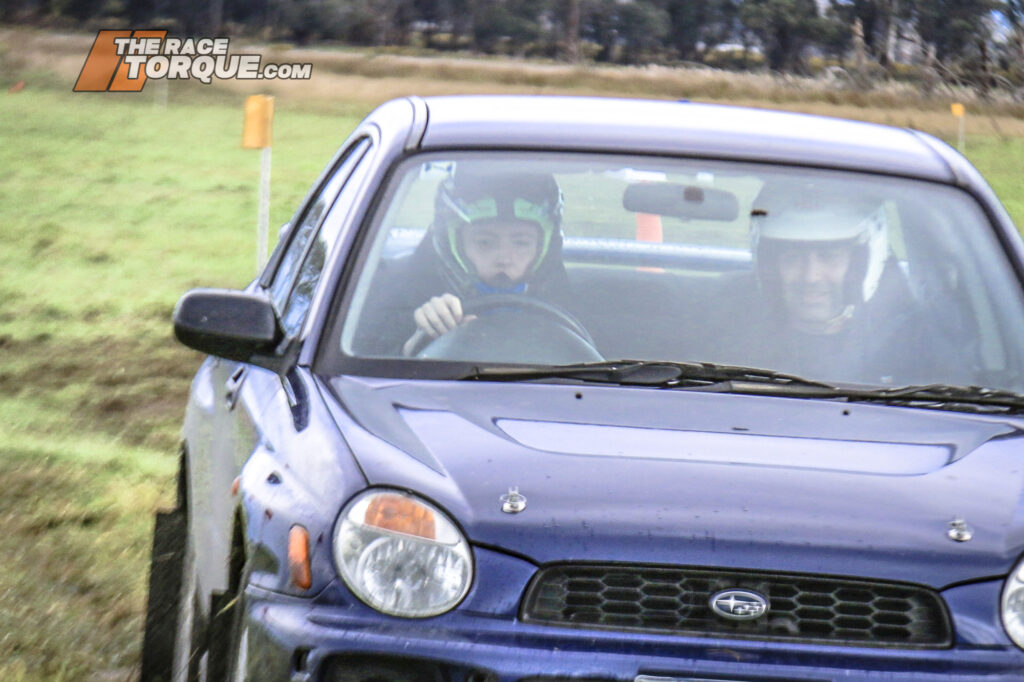
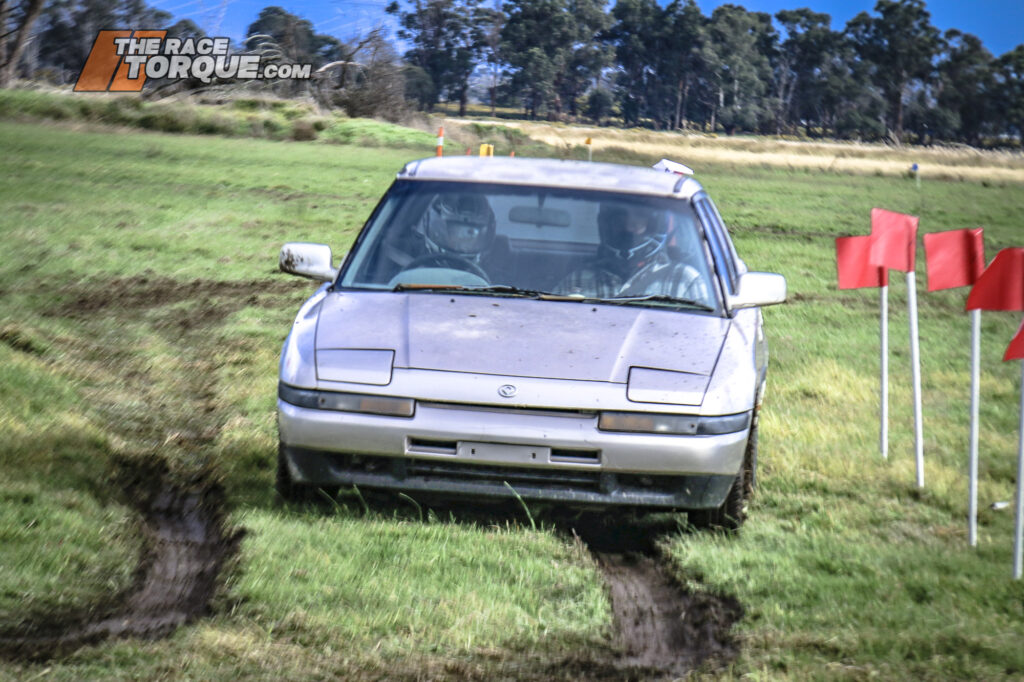
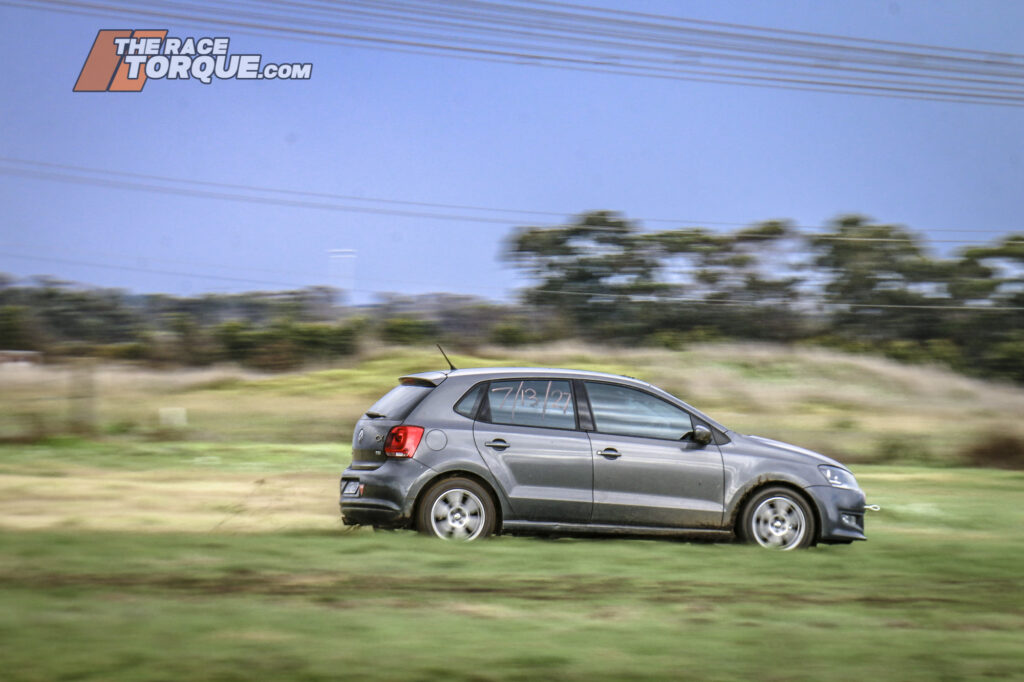

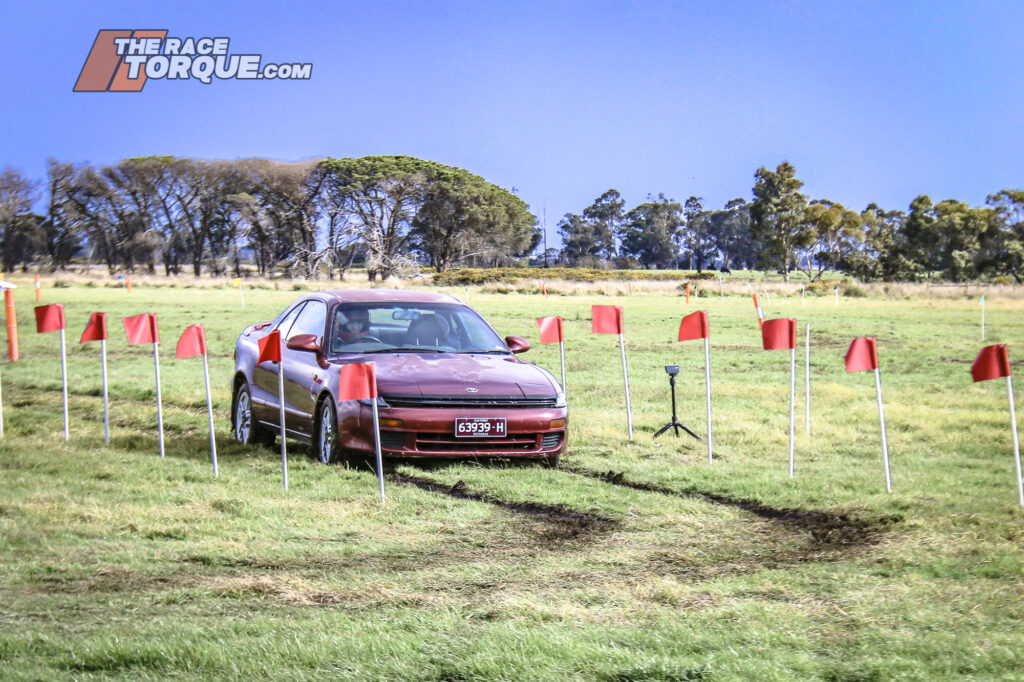

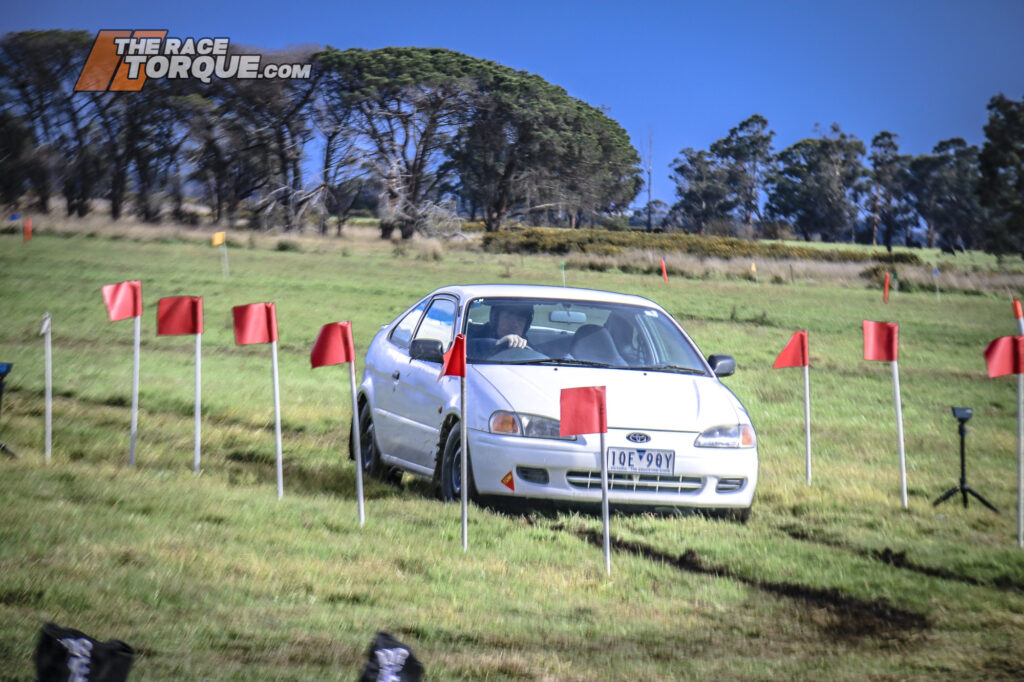
What’s required?
While some competitors fronted in more highly tuned cars on trailers, with a handful of entries featuring roll cages, for the most part, the field trundled in off the street and straight onto the track.
Generally speaking, minimal specialist prep or equipment was required, with all vehicles having to be fitted with a fire extinguisher, while all drivers and passengers had to wear a helmet, with scrutineering simplified with the completion of a self-statement of vehicle compliance.
Also, to keep costs down, winter tread, mud/snow, hand-cut or rally-type tyres were prohibited, with production cars essentially having to run road-spec tyres – although tyre rules vary on an event-by-event basis.
Have some friends who want to get in on the action? Up to four drivers could share the same vehicle.
Classes for the day included standard 2WD and 4WD, modified 2WD and 4WD, and Group 4 motorkhana specials, with additional classes for juniors and ladies.
The program for the event was simple, with check-in opening at 8:30am, a driver’s briefing held at 9:45am, with competition running from 10am to 4pm, split up by a lunch break.
Unfortunately, around midday, the heavens dropped 15mm in 10min, which turned a slick track into a bog, but typically, an event like this would feature around 10 runs in a day, depending on the track length and number of entries.
Bang for buck motorsport is alive and well – check out your local car club scene or sanctioning body of choice to find out about events on your doorstep.








